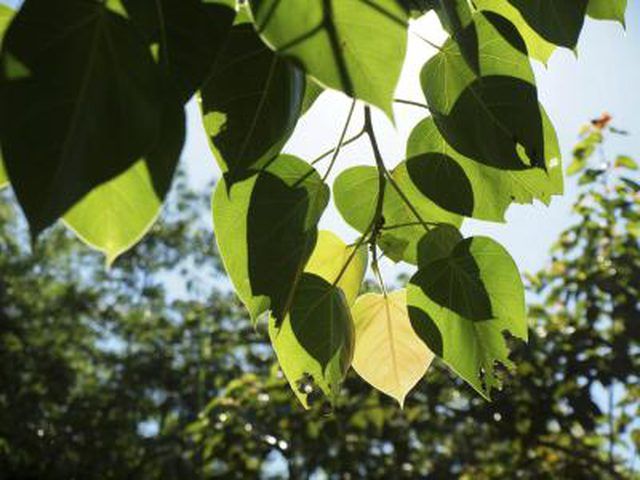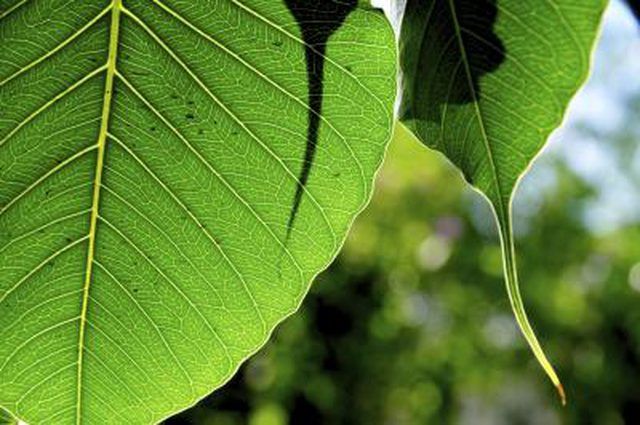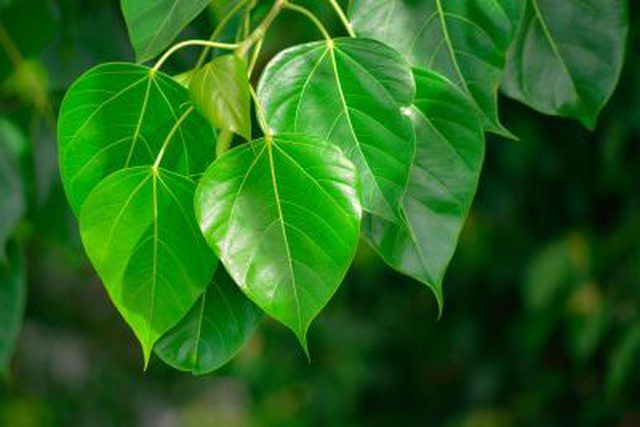Bulbs
Flower Basics
Flower Beds & Specialty Gardens
Flower Garden
Garden Furniture
Garden Gnomes
Garden Seeds
Garden Sheds
Garden Statues
Garden Tools & Supplies
Gardening Basics
Green & Organic
Groundcovers & Vines
Growing Annuals
Growing Basil
Growing Beans
Growing Berries
Growing Blueberries
Growing Cactus
Growing Corn
Growing Cotton
Growing Edibles
Growing Flowers
Growing Garlic
Growing Grapes
Growing Grass
Growing Herbs
Growing Jasmine
Growing Mint
Growing Mushrooms
Orchids
Growing Peanuts
Growing Perennials
Growing Plants
Growing Rosemary
Growing Roses
Growing Strawberries
Growing Sunflowers
Growing Thyme
Growing Tomatoes
Growing Tulips
Growing Vegetables
Herb Basics
Herb Garden
Indoor Growing
Landscaping Basics
Landscaping Patios
Landscaping Plants
Landscaping Shrubs
Landscaping Trees
Landscaping Walks & Pathways
Lawn Basics
Lawn Maintenance
Lawn Mowers
Lawn Ornaments
Lawn Planting
Lawn Tools
Outdoor Growing
Overall Landscape Planning
Pests, Weeds & Problems
Plant Basics
Rock Garden
Rose Garden
Shrubs
Soil
Specialty Gardens
Trees
Vegetable Garden
Yard Maintenance
Information About the Peepal Tree
Information About the Peepal Tree. The peepal tree, Ficus religiosa, also known as the "bodhi" tree, is a deciduous tree that is native to India. This tree is sacred to those of the Buddhist faith, as it is believed to be the personification of Buddha. Cuttings from this tree exist in Sri Lanka that date back to 288 B.C.
The peepal tree, Ficus religiosa, also known as the "bodhi" tree, is a deciduous tree that is native to India. This tree is sacred to those of the Buddhist faith, as it is believed to be the personification of Buddha. Cuttings from this tree exist in Sri Lanka that date back to 288 B.C.

The peepal tree is medium-sized and has heart-shaped leaves. The figs of the tree house the flowers and grow in pairs. The berries are purple and also grow in pairs.

Peepal trees are native to India and thrive in hot, humid weather. They prefer full sunlight and can grow in most soil types, though loam is the best. When planting, use soil with a pH of 7 or below. While it is possible for the plant to grow indoors in a pot, it grows best outside.

Peepal trees have many medicinal uses. Juice extracted from the leaves is used for eardrops. The bark is used to heal inflammations of the neck and glandular swellings. Chewing the roots of a peepal tree is said to help prevent gum disease.
